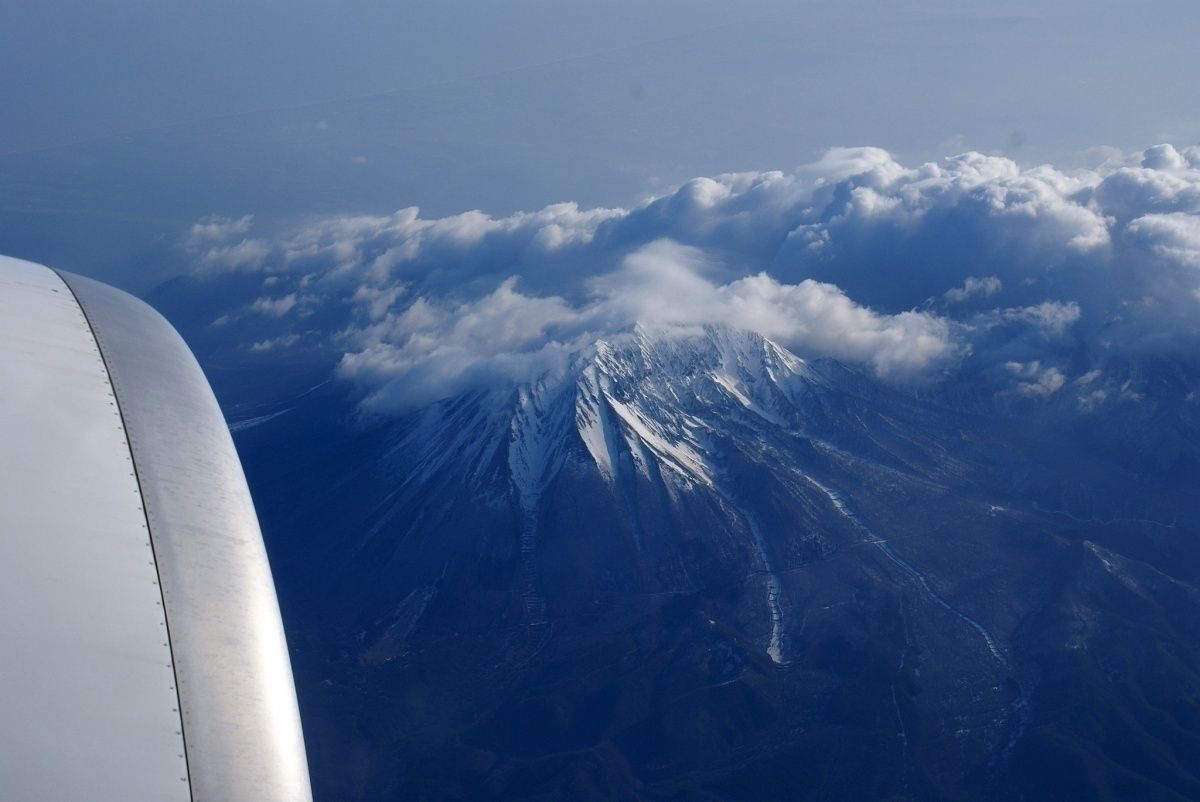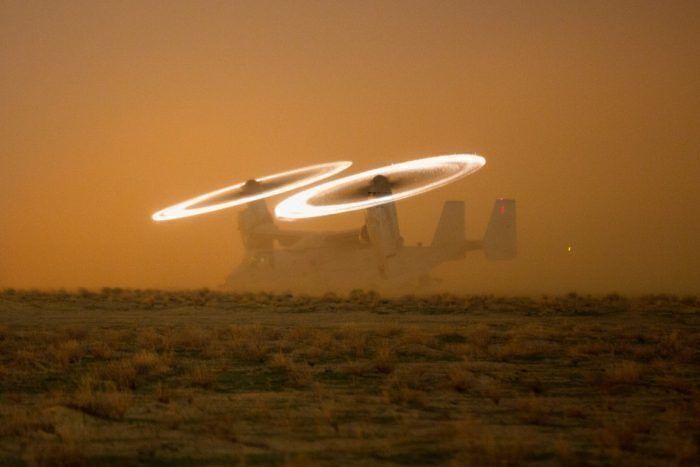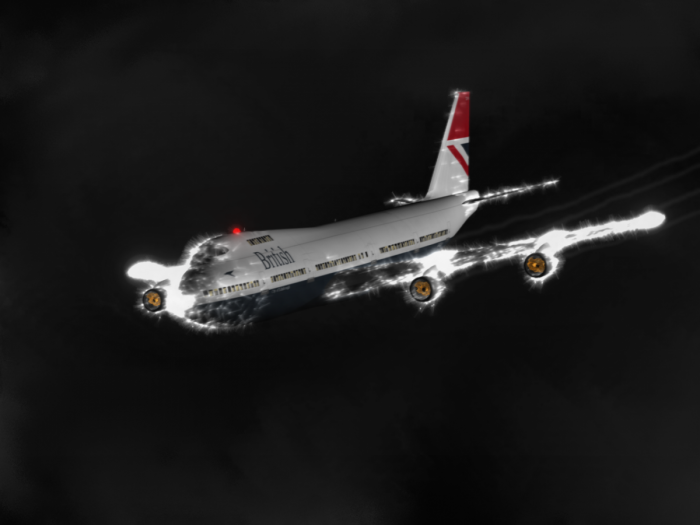On Monday, New Zealand witnessed an eruption of its most active volcano – White Island/Whakaari. While the eruption did not have any effect on commercial air traffic in the area, volcanic eruptions often do cause widespread flight cancellations. But why is volcanic ash so dangerous for aircraft?
New Zealand’s North Island is a hotbed of volcanic activity, and there’s no local volcano more active than White Island/Whakaari.
On Monday White Island erupted. Unfortunately, there was a large tour group on the island at the time, and at least 16 people were tragically killed, with many more seriously injured.
Efforts to retrieve the bodies of those who passed away have been hampered by volcanic ash, as helicopters cannot land safely on the island. But, unlike many other volcanic eruptions, Monday’s eruption on White Island has not resulted in any restrictions on commercial air traffic.
Often, many hundreds of flights are canceled as a result of volcanic ash in the atmosphere, as it can wreak havoc on aircraft if they happen to fly through it.
Why is volcanic ash so bad for aircraft?
Volcanic ash affects aircraft in a number of different ways. When you consider the fact that volcanic ash is literally rock which has been blasted into a fine, superheated dust by the force of an eruption, it’s no wonder aircraft need to steer clear of the stuff.
Because volcanic ash is made up of tiny particles of rock, it has a severely abrasive effect on aircraft. This means it can destroy the outer surface of the aircraft’s fuselage, which can be especially bad news for the wings.
Another vulnerable part of the aircraft is the windshield, which can quickly become obscured or even shattered by the abrasive effect of the ash.
One of the tell-tale signs of volcanic ash, even in small concentrations, is the presence of glowing flashes of light, similar to those seen in the phenomenon known as St Elmo’s Fire.
Unlike St Elmo’s Fire, which is caused by an electric field in the atmosphere, the flashes of light seen when an aircraft comes into contact with volcanic ash occur as a result of the impacts of the tiny particles.
However, by far the most vulnerable part of an aircraft flying through a cloud of volcanic ash is its engines. When volcanic ash, which is usually already very hot, enters a jet engine, it heats can melt and stick together as clumps of molten material.
This can quickly cool, solidify and destroy an engine, rendering it completely inoperational, and leaving the aircraft without power.
This is exactly what happened in the case of British Airways Flight 9, which accidentally flew through an ash cloud on 24 June 1982. Luckily the aircraft managed to land, although it very nearly crashed.
Why are some volcanic eruptions more disruptive than others?
Not all volcanic eruptions are the same, hence the lack of air traffic disruption as a result of Monday’s eruption on White Island.
Firstly, some eruptions are much smaller than others, and while they may have a devastating local effect, they do not release enough ash to cause widespread disruption.
Secondly, some volcanoes produce very little ash during an eruption, instead of spewing out large lava flows, which are a completely different issue altogether.



